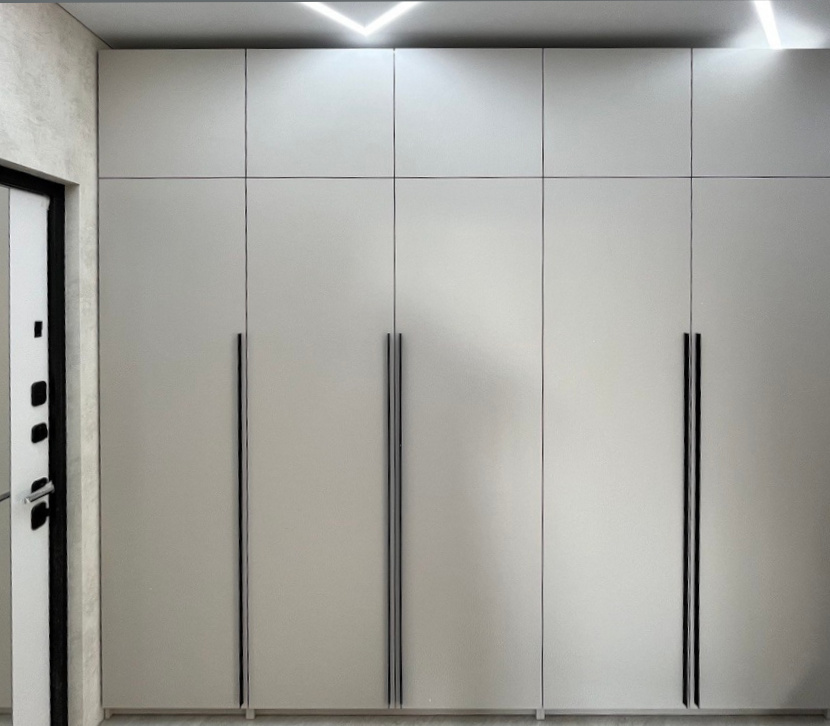
Culinary Space Mastercraft Elegance
Introduction to Culinary Space Design
Designing a culinary space requires not only an understanding of the functional needs of a kitchen but also an eye for the elegance that can transform an ordinary room into a dazzling hub of home activity. Mastercraft in culinary spaces melds practicality with style, creating an arena for chefs to not only prepare meals but also to showcase their culinary skills in a setting that reflects their personal taste and the art of cooking.
Functionality Meets Elegance
The cornerstone of the Culinary Space Mastercraft is the seamless integration of design elements that are both practical and aesthetically pleasing. Elegance is often found in the details, such as the choice of materials for countertops, the design of cabinet handles, or the style of lighting fixtures. Every element is chosen to contribute to the sleek functionality while also adding a touch of luxury and comfort that elevates the cooking experience.
Material Selection for Timeless Beauty
Choosing the right materials is critical in the quest to balance durability and elegance. Marble, granite, and quartz offer robustness for heavy use, and their natural beauty adds an air of sophistication to the space. High-quality woods for cabinetry, such as cherry or walnut, can give warmth to the kitchen, while metal finishes like brushed steel or copper can add modernity and clean lines that contribute to the mastercraft design.
Innovative Storage Solutions
Storage is an integral part of keeping a culinary space both functional and elegant. Innovative storage solutions keep countertops clutter-free and ensure that utensils and ingredients are easily accessible. Custom cabinetry, magic corners, pull-out shelves, and hidden appliances not only enhance the usability of the kitchen but also maintain the sleek look that is characteristic of mastercraft elegance.
Lighting as a Design Feature
Lighting plays a pivotal role in creating the right ambiance in the culinary space. Strategic placement of lights under cabinets, inside glass-front cabinets, and over preparation areas ensures that the space is well-lit. The use of pendant lights, chandeliers, or recessed lighting can become a focal point of design, providing layers of illumination that complement the elegance of the space.
The Importance of Ergonomics
Mastercraft in kitchen design also focuses on ergonomics, ensuring that the space is as comfortable as it is beautiful. Counter heights, sink depths, and appliance placements are considered to minimize physical strain during food preparation and cooking. Creatively designed work triangles keep movements in the kitchen efficient and fluid, enhancing the cooking experience.
Smart Technology Integration
The modern culinary space is replete with technology to assist the home chef. From smart refrigerators that inventory contents to ovens that can be controlled remotely, technology integration is becoming a hallmark of the elegant culinary space. These smart features should be integrated seamlessly, maintaining the room's overall design aesthetic while providing convenience and efficiency.
Conclusion: The Mastercraft Edge
Culinary Space Mastercraft Elegance is about creating a kitchen that excels in both form and function. It's a thoughtful combination of design, materials, technology, and ergonomics to create a space that is not only a pleasure to cook in but also a testament to the elegance that can be achieved through masterful crafting. Whether through a stunning centerpiece island, exquisite material finishes, or high-tech appliances that simplify meal preparation, these spaces are designed to inspire and facilitate the creation of culinary delights.